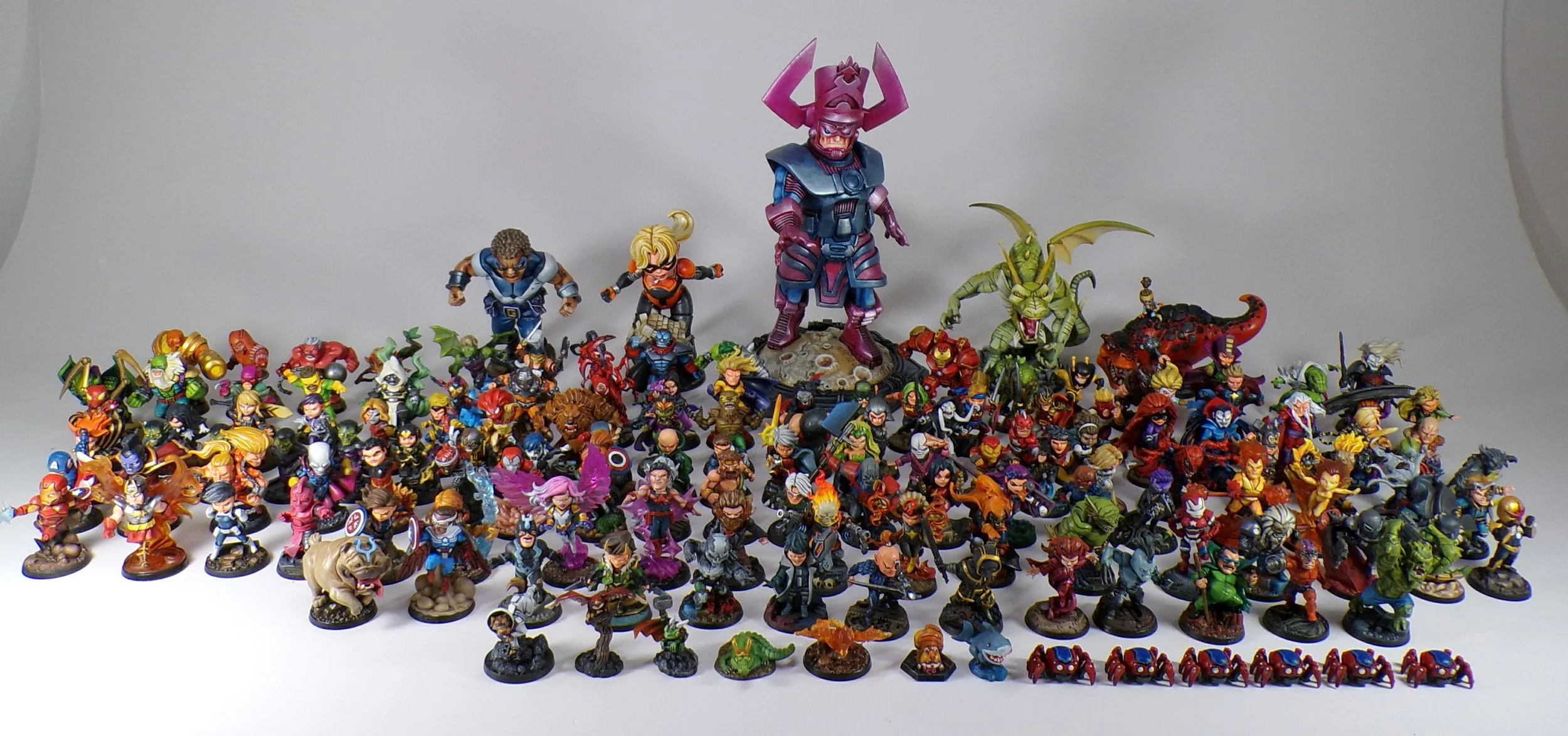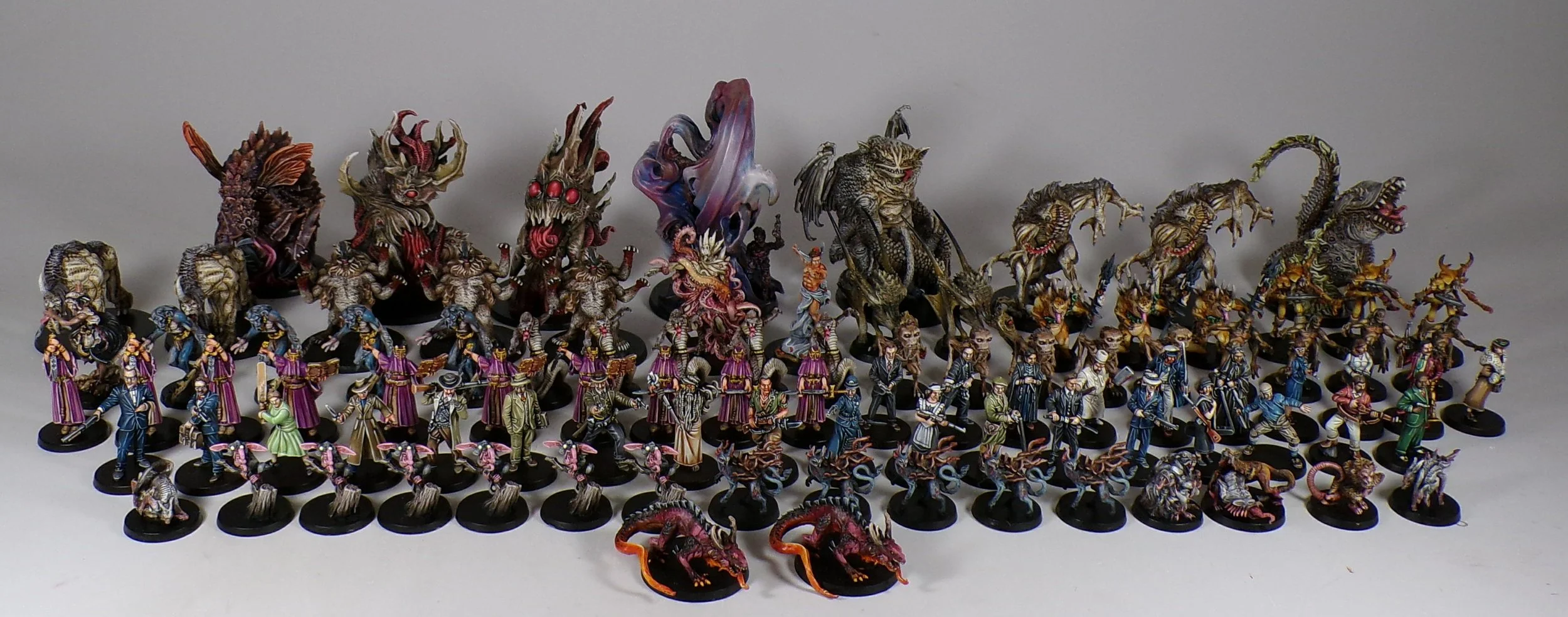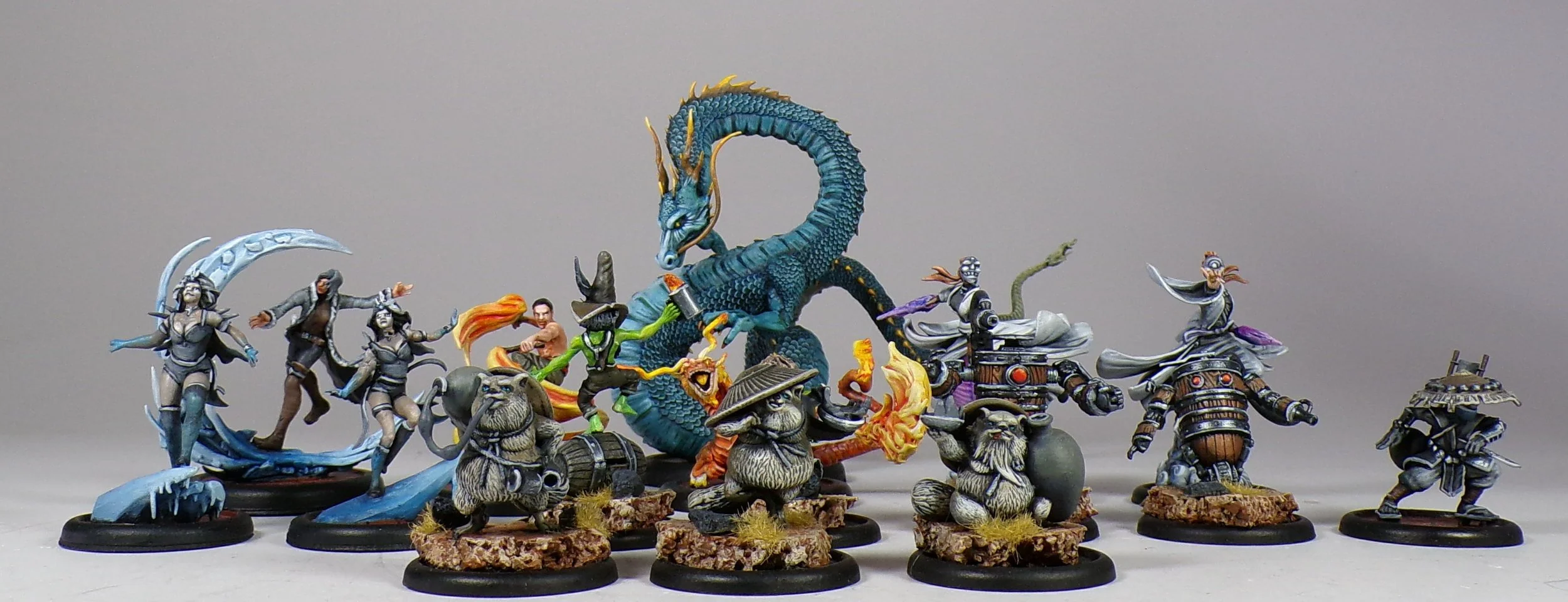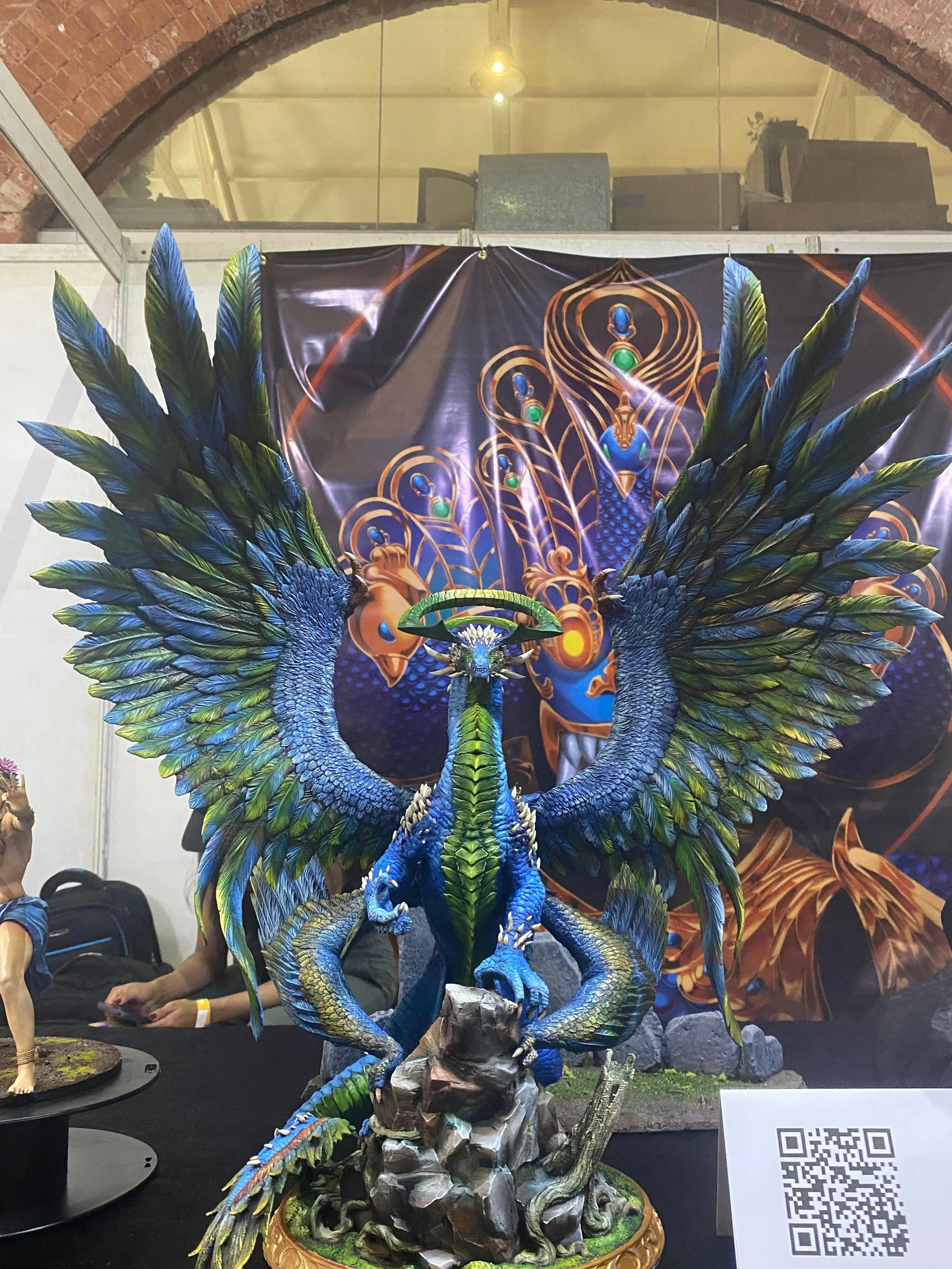Marvel United is a game that we had ample opportunities to work on in the past few years. Here is a look into the most recent set of MU minis that we had an opportunity to work on.
These were all painted to Standard Quality.





















































Paintedfigs is a miniature painting service. You can send us your figurines to paint, and we also have painted miniatures for sale. We paint mainly Games Workshop (Warhammer 40k, Warhammer Fantasy, Age of Sigmar, Necromunda, Space Hulk, Bloodbowl, and so on), Star Wars, Warmachine and Hordes, and pretty much every Kickstarter and board game under the sun.
And we do so at the lowest rates on Earth (we’ve checked).







































































































































































































































































































































































